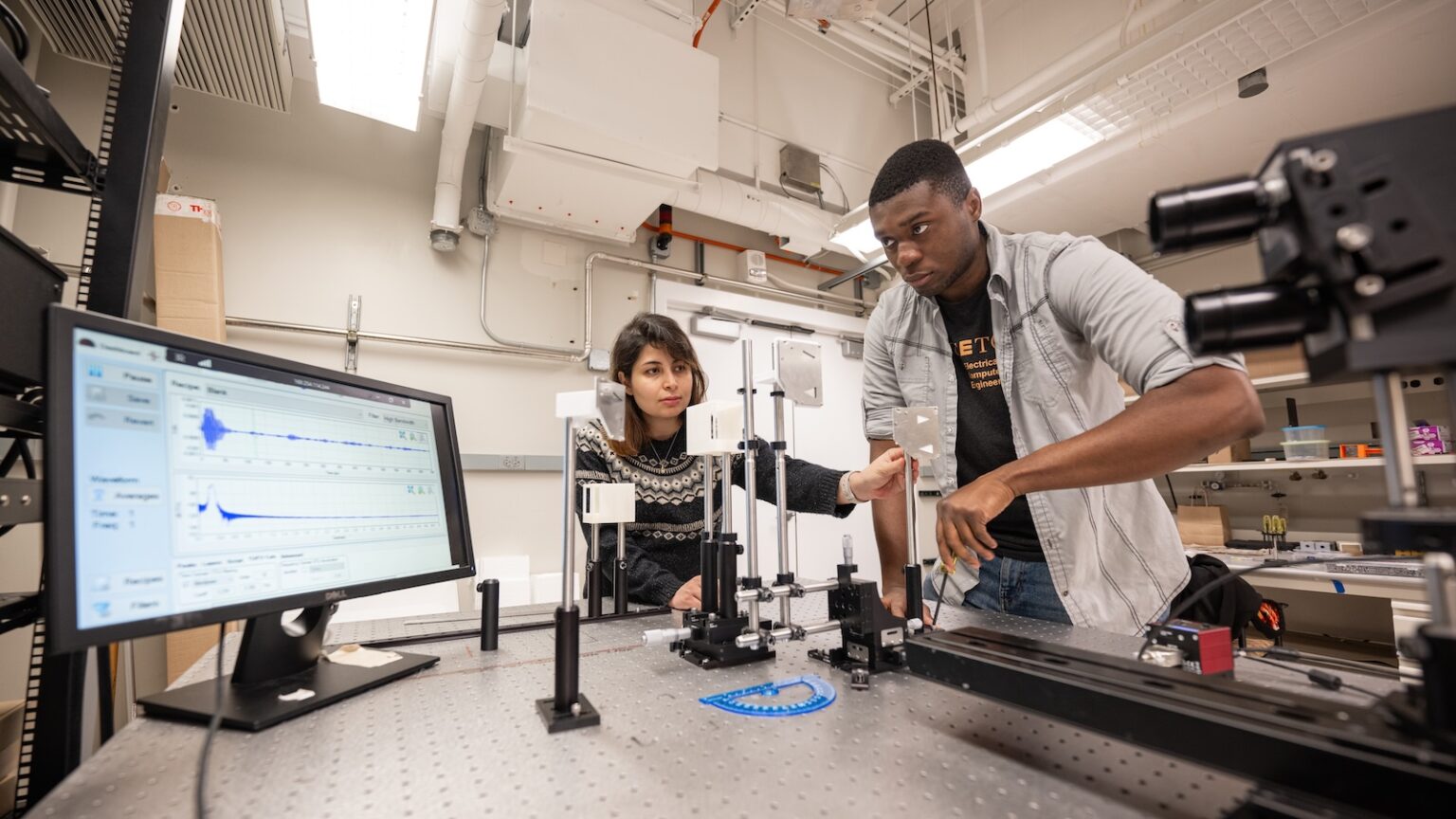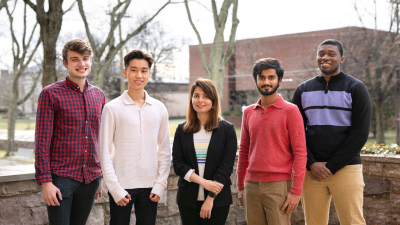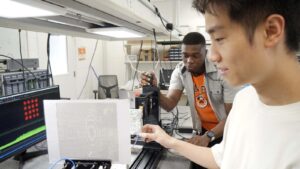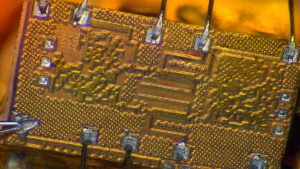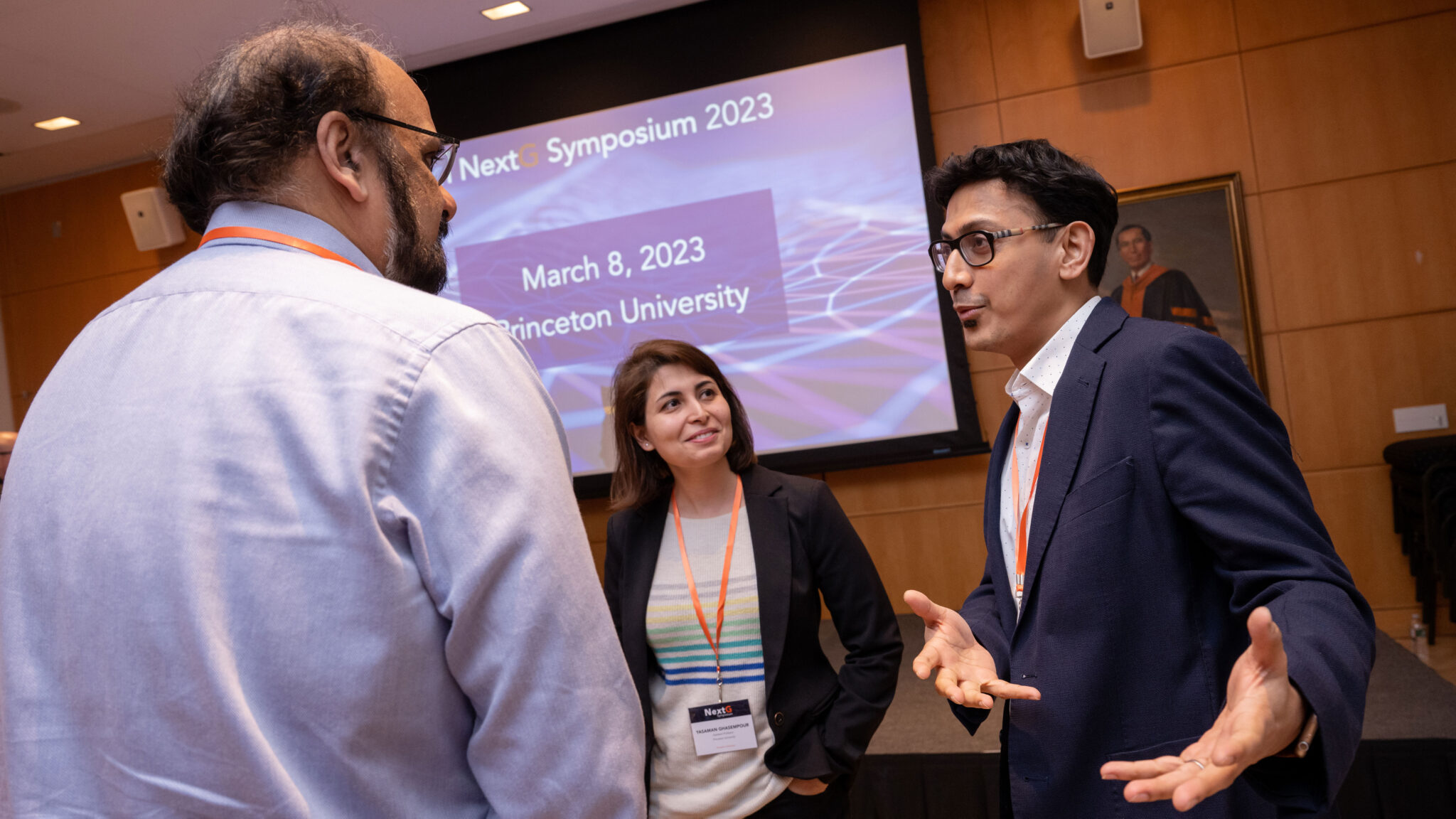
The event featured emerging technologies as well as broad discussions of the nature of collaboration between business and academia in an era of big federal investment.
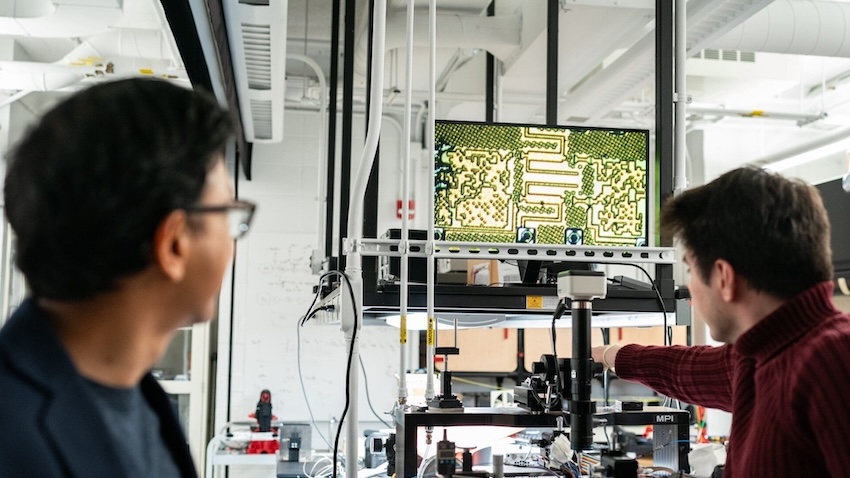
NextG research at Princeton draws on multiple disciplines and ranges from underlying theory to high-impact applications. From the edge to the cloud, and from circuits to sensors to security, we are creating the intelligent networks of the future.

Research at Princeton is highly collaborative and interdisciplinary. Visit our directory of core faculty, each of whom offers a gateway to a network of postdocs, students, and collaborators who are advancing NextG research.
Our vision for NextG
NextG research at Princeton is creating the intelligent networks of the future.
We focus on networks that are open, flexible, secure, resilient, and utilize new spectrum from radio to terahertz frequencies. We excel at cross-disciplinary approaches across end-to-end systems, bringing theory to practice. Our research covers the ‘full stack’ from the underlying technological fabric in integrated electronic and photonic circuits and systems, edge networks, IOT and cloud, to foundational theory, algorithms and AI approaches that make these networks scalable, efficient, secure, and accessible. Together, these approaches serve to bridge the digital divide.
News
-

NextG presents policy paper for the future of wireless in Washington, DC
-

Researchers send a wireless curveball to deliver massive amounts of data
-

Kaushik Sengupta named IEEE fellow
-

AI slashes cost and time for chip design, but that is not all
-

Andrea Goldsmith named to Wireless Hall of Fame
-

TANGO gives paired networks better performance when they dance to their own tune
